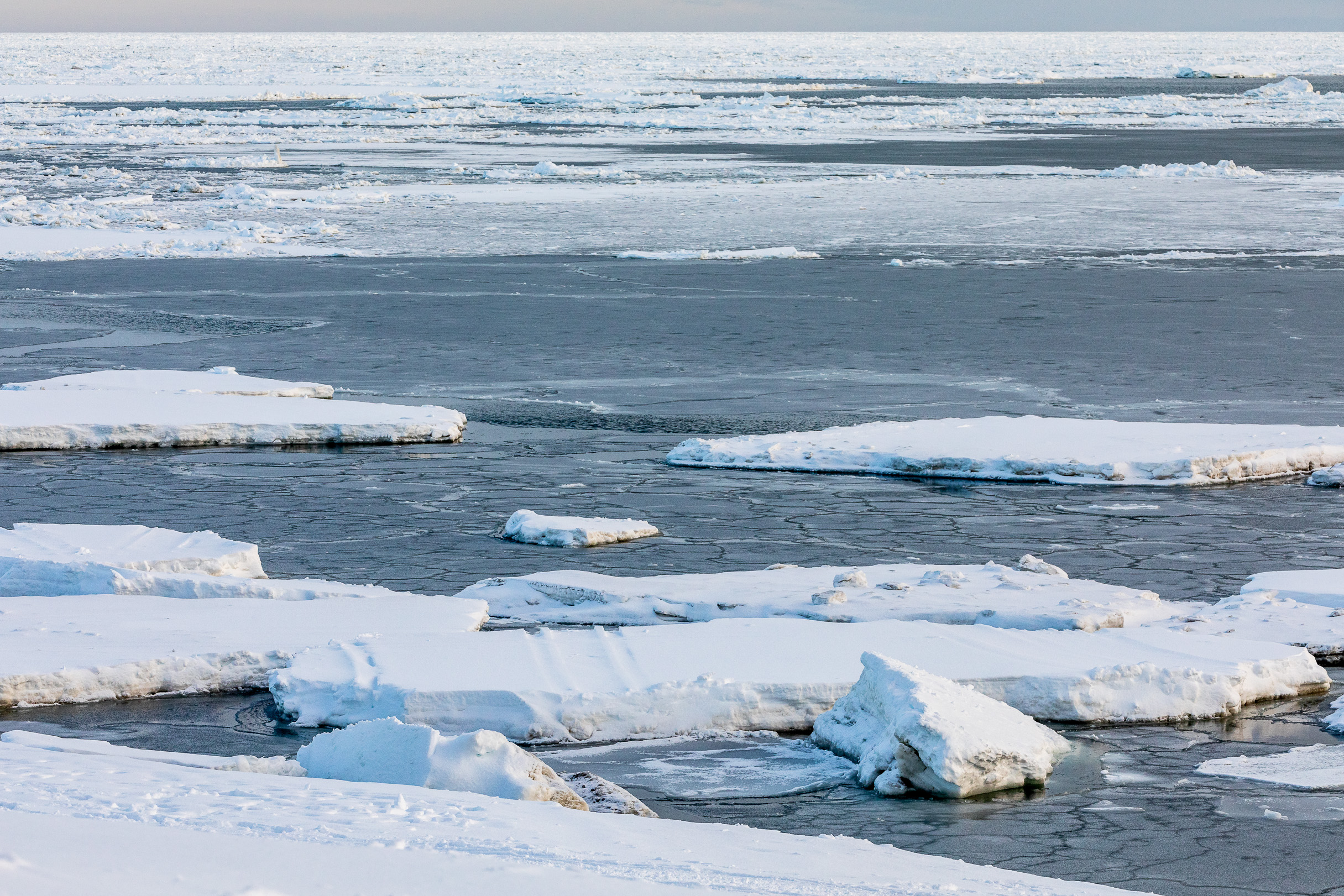Despite the lack of sea ice in front of Nome, there is still enough ice remaining in the Norton Sound area for commercial crabbers to use. As such, the Department of Fish & Game says the 2019 winter season continues.
“There are a few still out there scratching, and that’s mostly where we have ice, of course. Commercial fishing has to occur through the ice.”
That’s Jim Menard, the Arctic area manager for Fish & Game. Right now, Menard says there are only two areas where red king crab is being caught.
“East of Cape Nome, we have ice, and then, far to the west, where the mountains start past the Cripple River, we do have ice out there. Those are the two places, but nothing in front of Nome.”
This year’s winter commercial crabbing season began during the last week of February and can last until the end of this month.
As of last week, Menard said more than 9,000 pounds of crab had been delivered in the Norton Sound subdistrict. That is about three-quarters of the total quota for the winter season, which is just over 12,000 pounds.
But if the quota isn’t met by April 30, Menard says the remainder doesn’t get cut.
“We set the GHL (guideline harvest level) at just over 150,000 pounds, of which 12,000 (8%) goes to the winter (fishery). So, if it’s not caught in the winter, then it’ll roll over to the summer.”
Menard says the count last week was up to 18 crabbers, who are still trying to whittle away at the remaining quota. One crabber in the subdistrict is not located in Nome.
Adem Boeckmann is one of those registered crabbers who is still active at this point in the season. He says he recently delivered about 345 pounds, but the ice where his gear was set has gone out.
With fewer crabbers and less sea ice, Menard says one benefit is that fewer missing crab pots have been reported this year. He believes that’s due to most people electing not to set pots and therefore eliminating the risk of losing them when the ice goes out.
Less ice won’t stop him, though, as Boeckmann says he’ll continue to catch crab wherever he can find suitable conditions.
And according to Menard, crabbers like Boeckman will be most likely be allowed to deliver their catch up until the April 30 deadline.
Image at top: Scattered sea ice near Nome, Alaska, March 15, 2019. Photo: David Dodman, used with permission.





